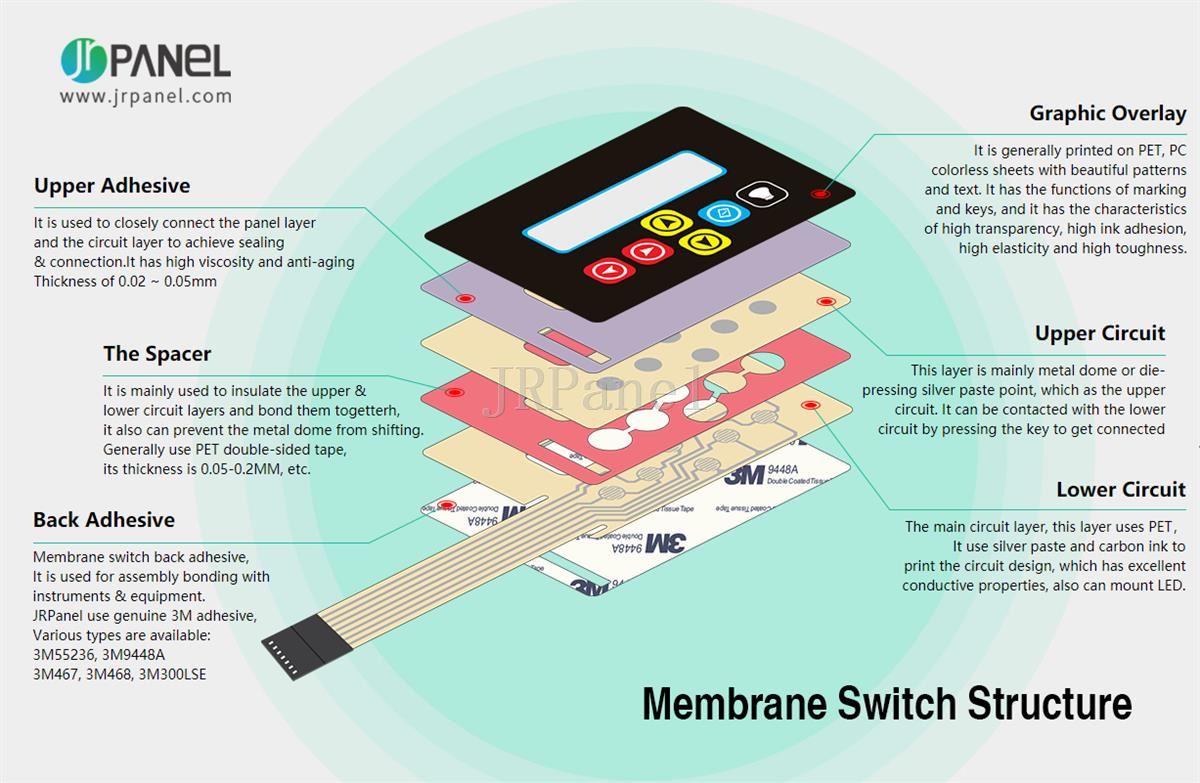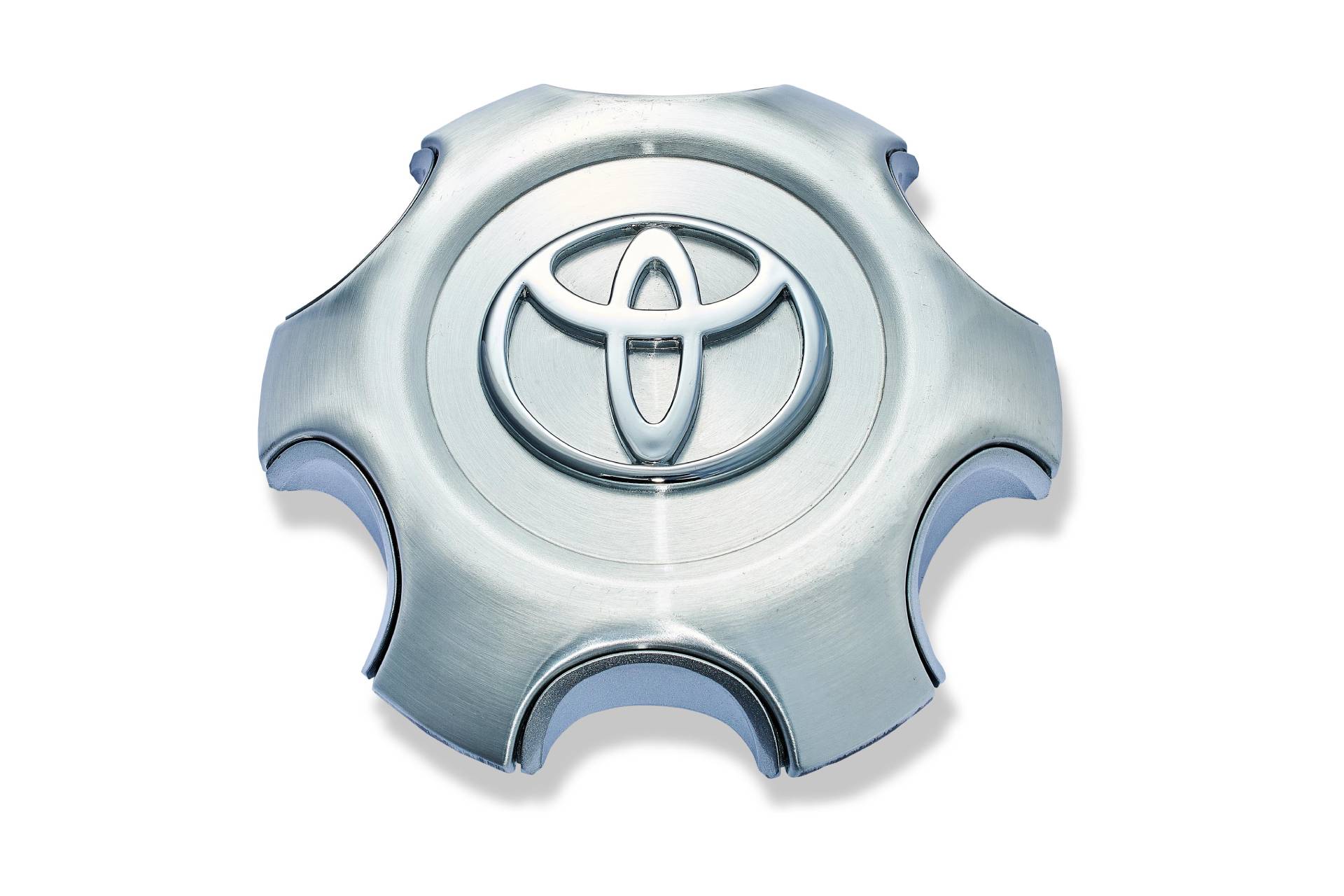Membrane Switch Manufacturer Delivering Fully Custom Solutions
Discovering the Manufacturing Refine of Membrane Switch for Different Industries
The manufacturing process of Membrane buttons is an intricate venture that demands precision and attention to detail. From selecting appropriate materials to carrying out rigorous top quality control actions, each step plays a crucial duty in ensuring functionality. Various industries, including medical and vehicle, depend on these components for their special applications. Recognizing the details of this procedure exposes significant understandings right into how these buttons are created and their impact across diverse sectors.
Comprehending Membrane Switches: An Introduction

Trick Materials Utilized in Membrane Switch Manufacturing
In Membrane button production, the choice of vital materials substantially influences capability and durability. Conductive products, adhesives, and coverings play vital functions, while substrate selection affects overall performance and dependability. Comprehending these elements is vital for enhancing the style and production of Membrane switches.
Conductive Materials Overview
Conductive products play an essential role in the functionality of Membrane switches, making sure trustworthy electric connections within the device. Frequently used products consist of silver, copper, and carbon-based inks, each offering distinct advantages. Silver is preferred for its high conductivity and sturdiness, making it suitable for applications requiring robust efficiency. Copper, while a little much less conductive than silver, is a cost-effective alternative commonly used in printed circuits. Carbon-based inks offer a flexible option, ideal for applications where flexibility and reduced expenses are prioritized, although they have actually lower conductivity contrasted to steel options. The selection of conductive products directly affects the overall integrity, lifespan, and performance of the Membrane switch, making it an important consideration in the manufacturing process.
Adhesives and Coatings
Finishings and adhesives are important elements in the manufacturing of Membrane switches, giving crucial bonding and safety residential or commercial properties. These materials guarantee that numerous layers of the switch, consisting of graphic overlays and circuitry, stick safely to each other, enhancing sturdiness and performance. Commonly made use of adhesives consist of pressure-sensitive adhesives (PSAs) and epoxy-based formulas, which provide solid adhesion and resilience. Coatings, such as polyurethane or acrylic, offer to secure versus ecological factors, consisting of moisture, abrasion, and chemicals. Additionally, coverings can enhance tactile comments and aesthetic appeal, adding to the general individual experience. The option of appropriate adhesives and layers is important for enhancing performance and long life in diverse applications across numerous industries, guaranteeing that Membrane switches fulfill certain functional demands.
Substratum Selection Variables
Substrate option plays an important role in the manufacturing of Membrane switches, as it considerably influences their general efficiency and durability. Key products such as polyester, polycarbonate, and versatile printed motherboard (FPCBs) are commonly made use of for their unique residential or commercial properties. Polyester is favored for its cost-effectiveness and resistance to abrasion, making it suitable for applications with high wear. Polycarbonate offers superior clarity and influence resistance, suitable for environments calling for high exposure. FPCBs provide boosted versatility and are usually made use of in intricate styles. The choice of substratum likewise affects aspects like thermal stability, chemical resistance, and simplicity of printing. Ultimately, picking the proper substrate is vital for making certain the performance and longevity of Membrane changes throughout numerous markets.
The Layout Refine of Membrane Switches Over
The style procedure of Membrane switches is an important phase that substantially influences the capability and appearances of the end product - membrane switch manufacturer. It begins with defining the certain needs of the application, consisting of dimensions, button format, and responsive feedback choices. Developers must think about customer communication, making certain that the button is user-friendly and accessible.Next, materials are picked based on longevity, versatility, and ecological resistance. The combination of graphics and branding elements is additionally essential, as it enhances visual charm and communication. Prototyping enables iterative screening, allowing adjustments based on user comments and performance evaluations.Additionally, the layout needs to make up the electric components, such as circuits and ports, guaranteeing integrity and simplicity of usage. Eventually, an effective design integrates capability, more information appearances, and customer experience, paving the means for reliable production and lasting performance in different sectors
Printing Techniques for Membrane Switches Over
The printing techniques made use of in Membrane button production play a necessary function in establishing the end product's quality and capability. Screen printing supplies advantages such as toughness and lively color application, while digital printing innovations offer versatility and precision in layout. Understanding these approaches can substantially influence the general efficiency of Membrane buttons in different applications.
Screen Printing Advantages
Many benefits make display publishing a preferred method for generating Membrane switches. This approach enables look these up top quality, thorough layouts and vibrant colors, which are vital for user interface applications. Display printing is specifically effective for applying thick ink layers, improving resilience and responsive responses. On top of that, it uses exceptional adhesion to different substrates, making sure durability in requiring atmospheres. The process is affordable for huge production runs, as it reduces arrangement time and waste. Display printing supports a broad array of inks, including specialty and UV-curable options, enabling flexibility in design. Its capacity to produce consistent results throughout multiple units makes it a trusted choice for producers aiming for high quality and effectiveness in Membrane switch manufacturing.
Digital Printing Innovations

Advancements in electronic printing technology are transforming the manufacturing of Membrane switches, providing manufacturers innovative services that enhance style flexibility and effectiveness. Digital printing enables elaborate styles and high-resolution graphics, allowing custom branding and capability without the restrictions of traditional approaches. This technique lowers setup times and costs, helping with much shorter production runs and minimal waste, making it perfect for organizations with differing needs. In addition, developments in ink formulations provide far better sturdiness and bond, making sure longevity in numerous settings. As sectors increasingly look for tailored and complex styles, electronic printing stands out as a necessary method, setting a brand-new standard in Membrane switch production. The combination of these developments placements makers to fulfill progressing market requires successfully.
Setting up and Layering of Membrane Switch Components
Cautious setting up and layering of Membrane switch components are important to ensuring capability and longevity. This process begins with the specific alignment of numerous layers, consisting of the graphic overlay, glue, circuit layer, and support product. Each element must be carefully placed to keep electrical integrity and interface responsiveness.During setting up, conductive traces are related to the circuit layer, normally made from materials like polyester or polycarbonate. This layer is essential, as it beams when pressure is used. The glue utilized for bonding these layers is likewise chosen for its capacity to endure ecological anxieties while preserving a secure bond.Heat and stress are frequently used throughout the assembly process to identify that the layers stick effectively without compromising the performance of the button. Focus is offered to the side sealing to secure versus dampness and contaminants, protecting the longevity of the Membrane button in various industrial applications.
Top Quality Control Steps in Membrane Switch Manufacturing
Quality assurance procedures play an essential role in making sure the reliability and efficiency of Membrane switches over complying with the assembly and layering of their components. In the production process, numerous essential examinations are carried out to maintain quality criteria. These consist of aesthetic evaluations for issues in printing and adhesive application, along with practical tests to confirm the responsiveness of each switch.Additionally, environmental testing is carried out to assess the buttons' toughness against temperature level fluctuations and humidity exposure. Makers often apply analytical procedure control (copyright) methods to check production uniformity, making it possible for very early discovery of anomalies.Furthermore, traceability systems are developed to track components and products, making certain accountability and facilitating recalls if needed. Calibration of equipment and adherence to market requirements are likewise important to keeping product stability. Jointly, these quality assurance measures guard the performance of Membrane switches throughout different applications, eventually boosting customer complete satisfaction.
Applications of Membrane Switches Over Throughout Different Industries
Membrane buttons are utilized across a diverse array you could try here of markets, showcasing their adaptability and versatility. In the clinical sector, they supply waterproof and trusted interfaces for devices such as diagnostic devices and mixture pumps, making sure hygiene and ease of usage. The automotive market employs Membrane switches for control panel controls, enabling smooth communication between the driver and lorry systems.In customer electronic devices, these buttons are located in appliances and handheld gadgets, using a smooth, contemporary visual while enhancing performance. Industrial applications additionally leverage Membrane switches for equipment control board, where longevity and resistance to harsh problems are essential.Furthermore, the aerospace and defense sectors use Membrane buttons for cockpit instrumentation and communication systems, focusing on reliability and performance under severe conditions. On the whole, Membrane switches play a critical role in enhancing the user experience and functional effectiveness throughout numerous domains.
Often Asked Concerns
Exactly how Lengthy Does It Require To Manufacture a Membrane Layer Switch?
The manufacturing time for a membrane button usually varies from a few days to several weeks - membrane switch manufacturer. Factors influencing this duration include layout complexity, product schedule, and manufacturing volume, all impacting the general timeline noticeably
What Is the Typical Lifespan of a Membrane Layer Switch?
The normal life-span of a membrane layer button normally ranges from 1 to 5 million actuations, depending upon elements such as material quality, environmental conditions, and use regularity, considerably influencing durability and general efficiency.
Can Membrane Switches Over Be Custom-made for Certain Applications?
Membrane switches can certainly be customized for particular applications. Their style adaptability enables for alterations in size, shape, shades, and graphics, making sure compatibility with special needs across numerous industries and enhancing performance and user experience.

Are Membrane Switches Eco-friendly?
The environmental influence of Membrane switches over differs. Some materials made use of might not be environmentally friendly, while improvements in producing processes are significantly concentrating on sustainability, intending to lower waste and promote recyclable elements in their production.
What Are the Usual Failure Modes of Membrane Switches?
Usual failing settings of Membrane buttons include delamination, adhesive failure, damage from usage, wetness access, and electrical failings. These problems can greatly influence functionality, efficiency, and life expectancy in numerous applications across different sectors. Membrane buttons can be personalized to fit specific style needs, such as capability, form, and dimension, making them very adaptable.The construction usually entails numerous layers, including a visuals overlay, sticky, and a circuit layer, which work together to produce a seamless individual experience. In Membrane switch production, the option of vital materials considerably affects performance and longevity. The automobile industry employs Membrane buttons for dashboard controls, allowing seamless interaction between the motorist and vehicle systems.In consumer electronic devices, these buttons are discovered in home appliances and portable tools, using a sleek, modern visual while improving functionality. Industrial applications also leverage Membrane switches over for equipment control panels, where sturdiness and resistance to severe problems are essential.Furthermore, the aerospace and defense sectors utilize Membrane switches for cockpit instrumentation and interaction systems, focusing on dependability and efficiency under severe problems. Membrane switches can indeed be personalized for specific applications.